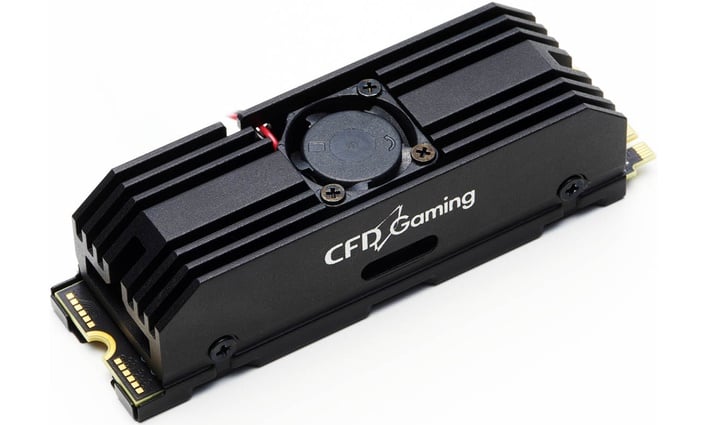That's pretty informative stuff. Do any of those changes lead to better drive performance as well? And not just less heat?
This is all IIRC as I am now on Linux.
My reading on the subject 4K sectors showed no, to very little difference in performance.
I assume this is because the ctlr chip (actually a 2 to 4 core ARM processor nowadays) is very quick at the translating of 512e to 4Kn.
So the advantage is just in the fact that the the ctlr produces less heat if it does not have to do this step.
When it comes to aligning or matching the FS cluster size to that 4K sector size; I have seen improvements in Q1T1 R4K.
As
68% of windows I/O is in fact Q1T1 R4K with
less than 1% of I/O being the
large sequential numbers advertisers like to ave around like burning flags, there is a noticeable improvement in OS snappiness here.
https://www.thessdreview.com/ssd-guides/beginners-guide/the-ssd-manufacturers-bluff/
https://gamersnexus.net/guides/1577-what-file-sizes-do-games-load-ssd-4k-random-relevant
NB that when it comes to NAND based storage (SSDs and flash drives etc) the NAND has a Page Size and an Erase Block Size.
Here aligning partitions to Erase Block boundaries and FS cluster sizes to Page sizes can make a large 30%+ difference to speed, as ell as increasing lifespan considerably.
This is especially true of USB flash drives and SD Cards which have very small, weak ctlr chips.
You may also be interested in 2 of
Uwe Sieber's apps:
(He's the guy you wrote the DOS and/or in 95 USB drivers IIRC)
1st one is USB-WriteCache V0.2:
WindBlows does NOT enable caching for any FS besides NTFS.
It only pretends to, or LIES. (Probably to make NTFS look shinier than it actually is)
This tool allows you to actually enable RAM (write) caching for exFAT etc.
In my experience exFAT, with caching is faster than NTFS for small directory trees.
The same registry entries in the right place can be used to enable RAM caching for drives that "don't support caching" according to WindBlows.
2nd is MaximumTransferLength:
This adjusts the USB 'packet' size from the stock 64kb, all the way up to 2MB.
Here matching that packet to the average file size can make a big (30%) difference.
BUT also NB the size to the Erase block size of the NAND. (normally 512KB)
That's the std MTL for UASP enabled USB3.







